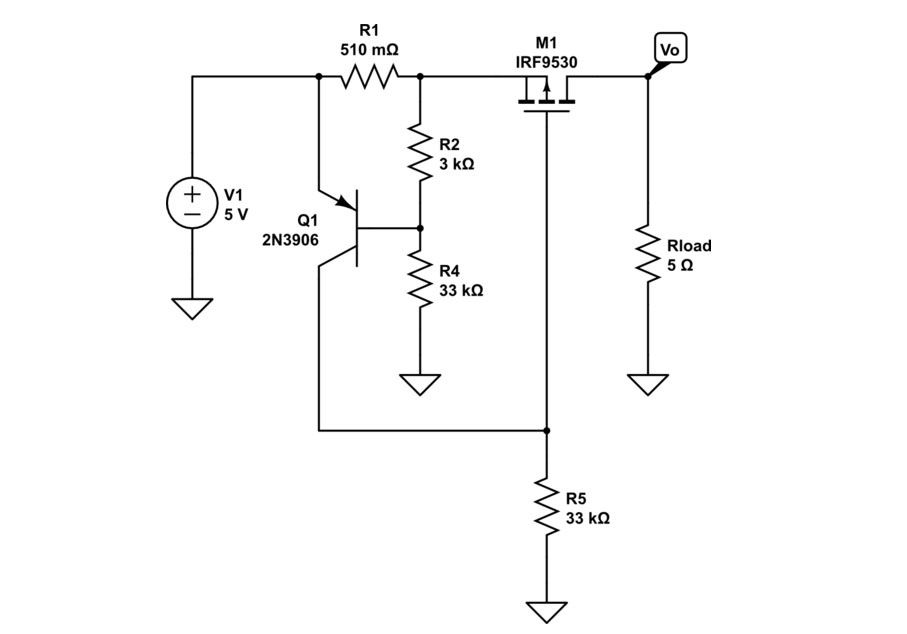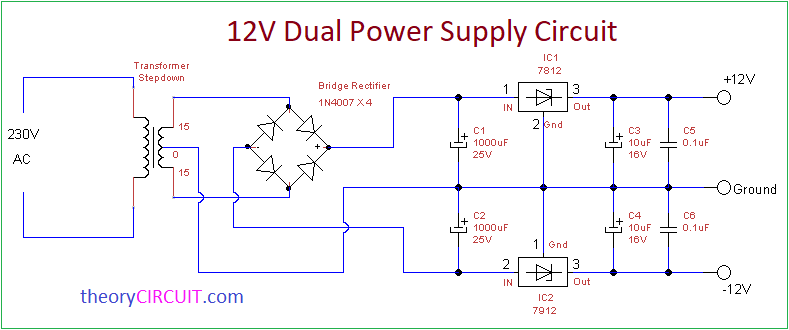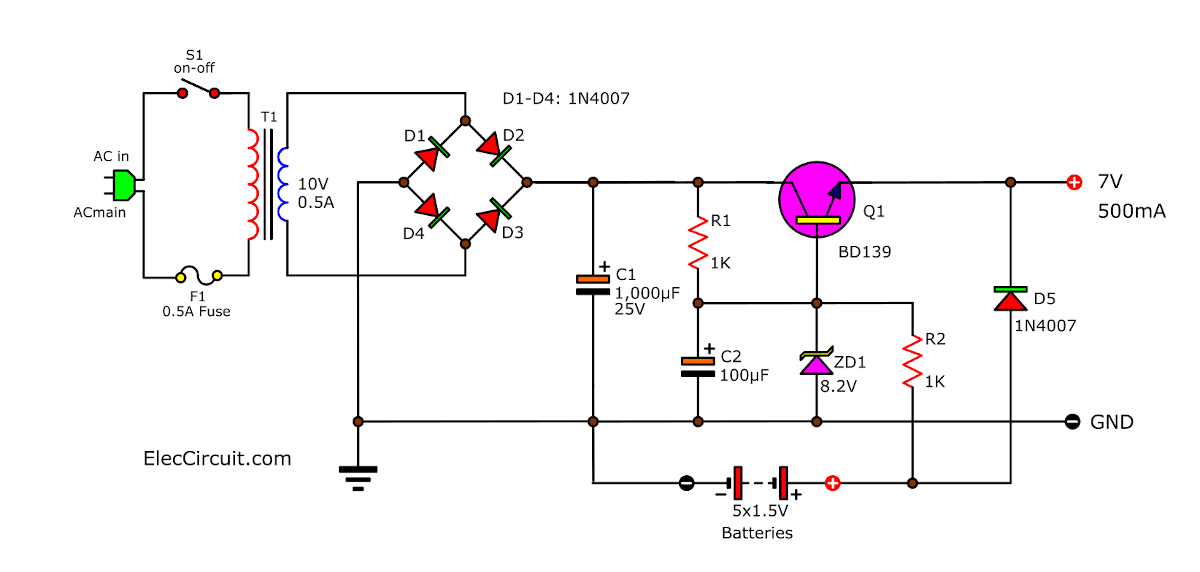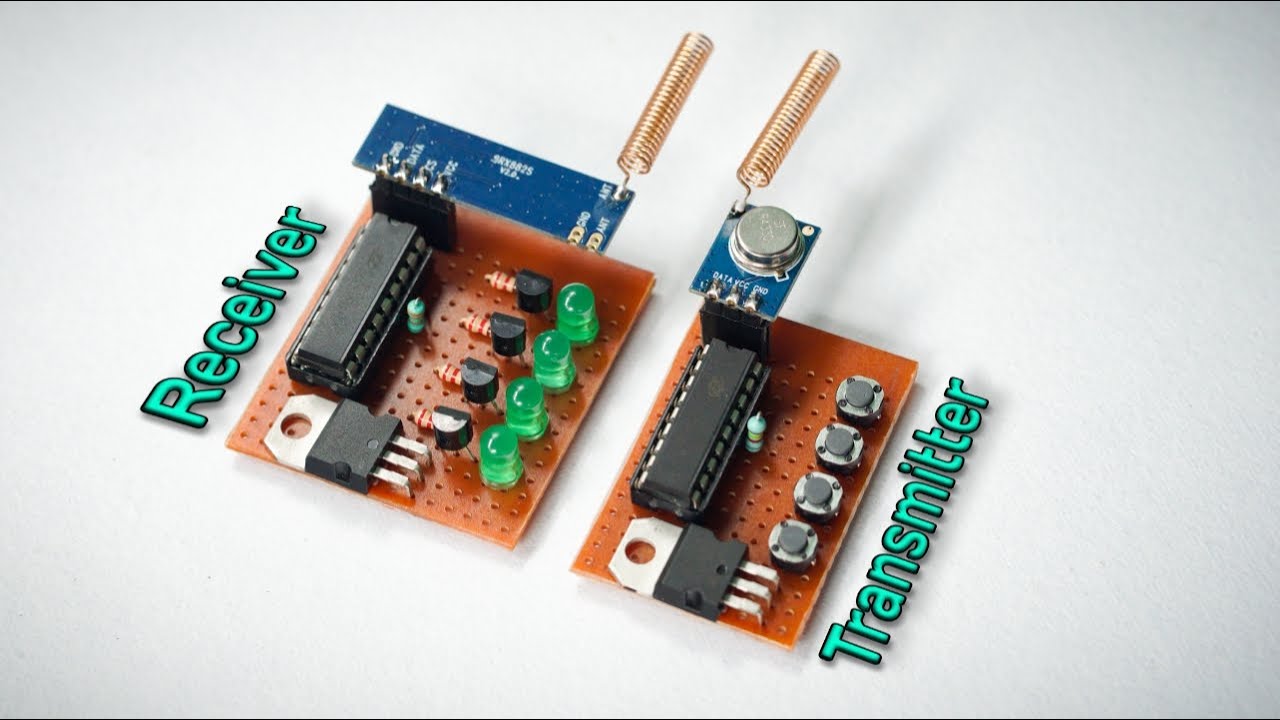How to Design a Current Limiter Circuit
Designing a current limiter circuit is an essential aspect of any electronic project. Whether you’re working on a simple DIY project or a complex industrial application, having a current limiter in place can protect your components and ensure the safety of your circuit.
In this article, we’ll walk you through the process of designing a current limiter circuit step by step. By the end of this guide, you’ll have the knowledge and tools you need to create a reliable and effective current limiting circuit for your project.
Understanding the Basics of Current Limiting
Before we delve into the design process, let’s first understand what current limiting is and why it’s essential. A current limiter is a circuit that restricts the flow of current to a safe level to prevent damage to the components in the circuit. It acts as a safeguard against overcurrent situations that can lead to overheating, fires, or component failure.
There are various methods to implement current limiting, including using resistors, transistors, or specialized integrated circuits. The choice of method depends on the specific requirements of your project, such as the maximum allowable current, voltage range, and response time.
Determining the Current Limit Value
The first step in designing a current limiter circuit is to determine the maximum allowable current for your application. This value is crucial as it will dictate the design parameters of your current limiter, such as the resistor value, transistor rating, and power dissipation requirements.
To calculate the current limit value, consider the maximum current rating of your circuit components, the power supply voltage, and the desired level of protection. Once you have determined the maximum current limit, you can move on to selecting the components for your current limiter circuit.
Selecting the Components
When designing a current limiter circuit, the selection of components plays a crucial role in the overall performance and reliability of the circuit. Here are some key components you’ll need:
Resistor:The resistor value determines the current limit of the circuit. Choose a resistor with the appropriate wattage rating to handle the power dissipation.Transistor:A transistor is often used to control the current flow through the circuit. Select a transistor that can handle the maximum current rating of your application.Diode:A diode can be added to protect the circuit from reverse current flow.- Connect the resistor in series with the load to limit the current flow. The resistor value should be chosen based on the desired current limit.
- Connect the base of the transistor to the junction of the resistor and the load. This allows the transistor to control the current flow through the circuit.
- Choose a transistor with the appropriate current rating and voltage handling capacity.
Resistor:The resistor value determines the current limit of the circuit. Choose a resistor with the appropriate wattage rating to handle the power dissipation.Transistor:A transistor is often used to control the current flow through the circuit. Select a transistor that can handle the maximum current rating of your application.Diode:A diode can be added to protect the circuit from reverse current flow.- Connect the resistor in series with the load to limit the current flow. The resistor value should be chosen based on the desired current limit.
- Connect the base of the transistor to the junction of the resistor and the load. This allows the transistor to control the current flow through the circuit.
- Choose a transistor with the appropriate current rating and voltage handling capacity.
Additionally, you may also consider using an operational amplifier or specialized current limiting IC for more precise control and protection features.
Designing the Circuit
With the components selected, it’s time to design the current limiter circuit. Here’s a simple example of a current limiter circuit using a resistor and a transistor:
It’s essential to test the circuit thoroughly to ensure that it functions correctly and provides the desired current limiting effect. You can adjust the resistor value or transistor parameters as needed to fine-tune the current limiting characteristics of the circuit.
Conclusion
Designing a current limiter circuit is a crucial step in ensuring the safety and reliability of your electronic projects. By following the steps outlined in this guide, you can create a current limiting circuit that meets your specific requirements and provides effective protection against overcurrent situations.
Remember to consider the maximum allowable current, select the appropriate components, and test the circuit thoroughly before integrating it into your project. With a well-designed current limiter circuit in place, you can safeguard your components and ensure the longevity of your circuit.
How to Design a Current Limiter Circuit
Designing a current limiter circuit is an essential aspect of any electronic project. Whether you’re working on a simple DIY project or a complex industrial application, having a current limiter in place can protect your components and ensure the safety of your circuit.
In this article, we’ll walk you through the process of designing a current limiter circuit step by step. By the end of this guide, you’ll have the knowledge and tools you need to create a reliable and effective current limiting circuit for your project.
Understanding the Basics of Current Limiting
Before we delve into the design process, let’s first understand what current limiting is and why it’s essential. A current limiter is a circuit that restricts the flow of current to a safe level to prevent damage to the components in the circuit. It acts as a safeguard against overcurrent situations that can lead to overheating, fires, or component failure.
There are various methods to implement current limiting, including using resistors, transistors, or specialized integrated circuits. The choice of method depends on the specific requirements of your project, such as the maximum allowable current, voltage range, and response time.
Determining the Current Limit Value
The first step in designing a current limiter circuit is to determine the maximum allowable current for your application. This value is crucial as it will dictate the design parameters of your current limiter, such as the resistor value, transistor rating, and power dissipation requirements.
To calculate the current limit value, consider the maximum current rating of your circuit components, the power supply voltage, and the desired level of protection. Once you have determined the maximum current limit, you can move on to selecting the components for your current limiter circuit.
Selecting the Components
When designing a current limiter circuit, the selection of components plays a crucial role in the overall performance and reliability of the circuit. Here are some key components you’ll need:
Additionally, you may also consider using an operational amplifier or specialized current limiting IC for more precise control and protection features.
Designing the Circuit
With the components selected, it’s time to design the current limiter circuit. Here’s a simple example of a current limiter circuit using a resistor and a transistor:
It’s essential to test the circuit thoroughly to ensure that it functions correctly and provides the desired current limiting effect. You can adjust the resistor value or transistor parameters as needed to fine-tune the current limiting characteristics of the circuit.
Conclusion
Designing a current limiter circuit is a crucial step in ensuring the safety and reliability of your electronic projects. By following the steps outlined in this guide, you can create a current limiting circuit that meets your specific requirements and provides effective protection against overcurrent situations.
Remember to consider the maximum allowable current, select the appropriate components, and test the circuit thoroughly before integrating it into your project. With a well-designed current limiter circuit in place, you can safeguard your components and ensure the longevity of your circuit.



